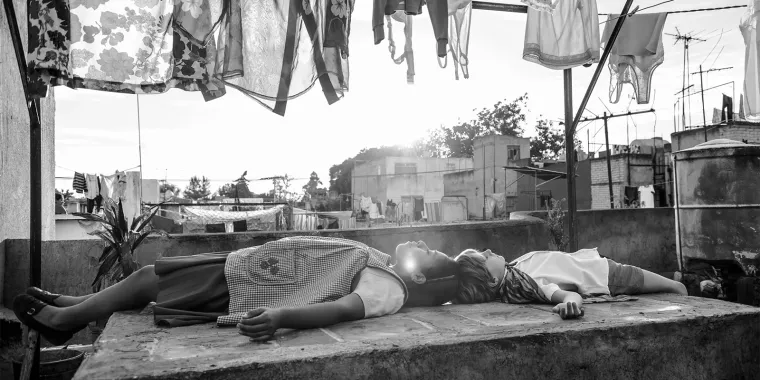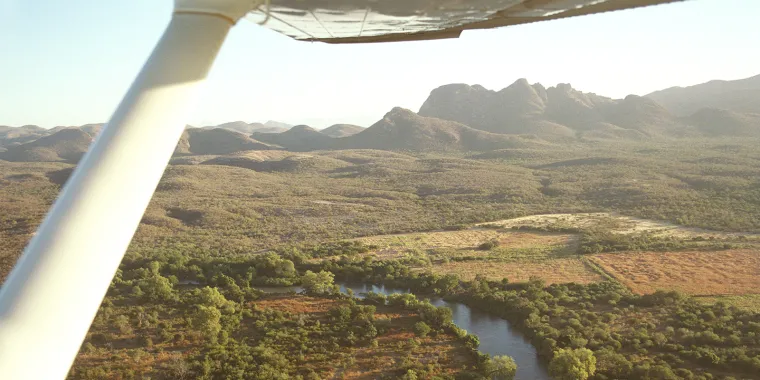Near the western border of the ancient location of the Maya Lowlands and in the modern-day Usumacinta region of Tabasco, Mexico, there is an architectural wonder: a human-made plateau that is 4,600 feet long.
In this communal space, the Maya could gather on a mound just west of the plateau on the summer solstice and look east toward the horizon for the sunrise over the northern edge of this plateau.
In 2017, an international team led by Takeshi Inomata and Daniela Triadan, professors in the University of Arizona School of Anthropology in the College of Social and Behavioral Sciences, discovered this Maya ceremonial complex known as Aguada Fénix.
Previously undiscovered, Aguada Fénix was detected using an airborne application of a remote-sensing technique called light detection and ranging, also known as lidar. Lidar uses lasers to create a 3-D model of ground terrains that are hidden by trees or obscured by forested areas.
Radiocarbon dating of 69 charcoal samples from the Aguada Fénix excavation site put the date of construction between 1,000 to 800 BC, making it the oldest confirmed Maya structure in history. Before the discovery of Aguada Fénix, the oldest confirmed Maya structure and ceremonial center was Ceibal, built in 950 B.C., and located in Petén, Guatemala.
Aguada Fénix not only contains the oldest Maya structure, but also the largest. As a modern-day comparison, the Empire State Building in New York City, one of the tallest in the United States, is 1,250 feet tall; the eastern plateau at the center of Aguada Fénix is 4,600 feet long, far exceeding the size of pyramids and palaces of later periods in Maya history.
Buildings and structures play important social roles, both in 1,000 B.C. and across human history. Archaeological discoveries like the one at Aguada Fénix tell researchers how societies were structured and what those societies valued.
Aguada Fénix marked a major shift in how archaeologists think about early human potential and interaction. Before the discovery of Aguada Fénix, archaeologists theorized that sedentary life, marked by the use of ceramics and the construction of smaller, residential dwellings, paved the way for communal ritual activities. Instead, the opposite appears to be true.
The communal work of the people in the Maya lowlands shows that large-scale public architecture was humanly possible before the need for a centralized ruling body. "During later periods, there were powerful rulers and administrative systems in which the people were ordered to do the work. But this site is much earlier, and we don't see the evidence of the presence of powerful elites. We think that it's more the result of communal work," Takeshi Inomata said.
Younger Maya ruins can tell us about the presence of powerful elites and marked social inequality. Maya stelae, for example, are tall, sculpted stone monuments meant to glorify the king and record his accomplishments. The earliest known stelae were produced around 400 BC, 400 years after the construction of Aguada Fénix was completed.
In contrast to the eastern plateau at Aguada Fénix, there are high-reaching Maya stepped pyramids that are emblematic of pre-Hispanic Mesoamerica. In Calakmul in modern-day Camache, Mexico, the stepped pyramid known as Structure 2 is 148 feet tall, making it one of the tallest Maya stepped pyramids. A stelae found in Structure 2 shows that there was probably a king of Calakmul in 411 AD. This is 1,200 years after Aguada Fénix was finished.
The Mayans of Mexico’s southern lowlands inhabited Palenque, or modern-day Chiapas, from about 100 BC to 800 AD. Kʼinich Janaabʼ Pakal or Pacal the Great ruled until his death in 683 AD, more than 1,400 years after Aguada Fénix was completed. His sarcophagus was found in the stepped pyramid called the Temple of the Inscriptions, a funery monument built for him at his behest.
Yet, all of these momentous structures were built after the community work of Aguada Fénix.
"It's not just hierarchical social organization with the elite that makes monuments like [Aguada Fénix] possible," Inomata said. "This kind of understanding gives us important implications about human capability, and the potential of human groups. You may not necessarily need a well-organized government to carry out these kinds of huge projects. People can work together to achieve amazing results."





